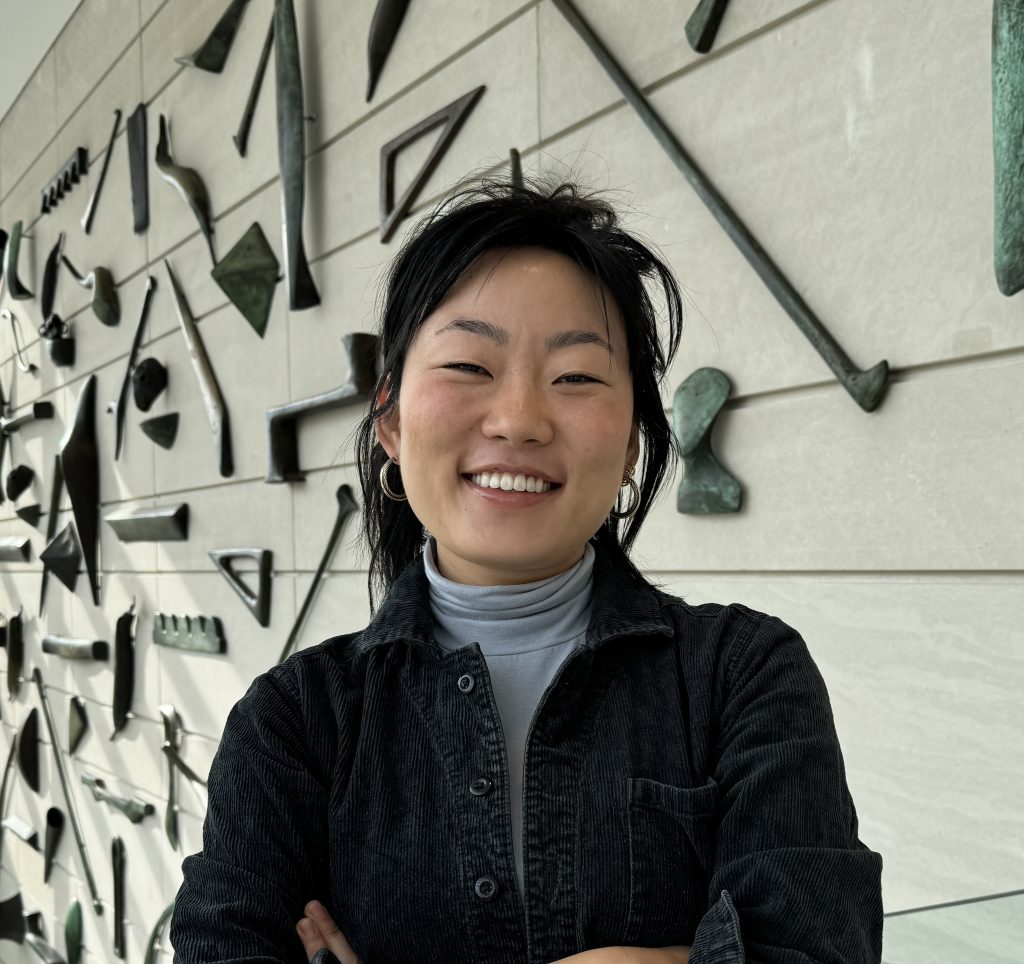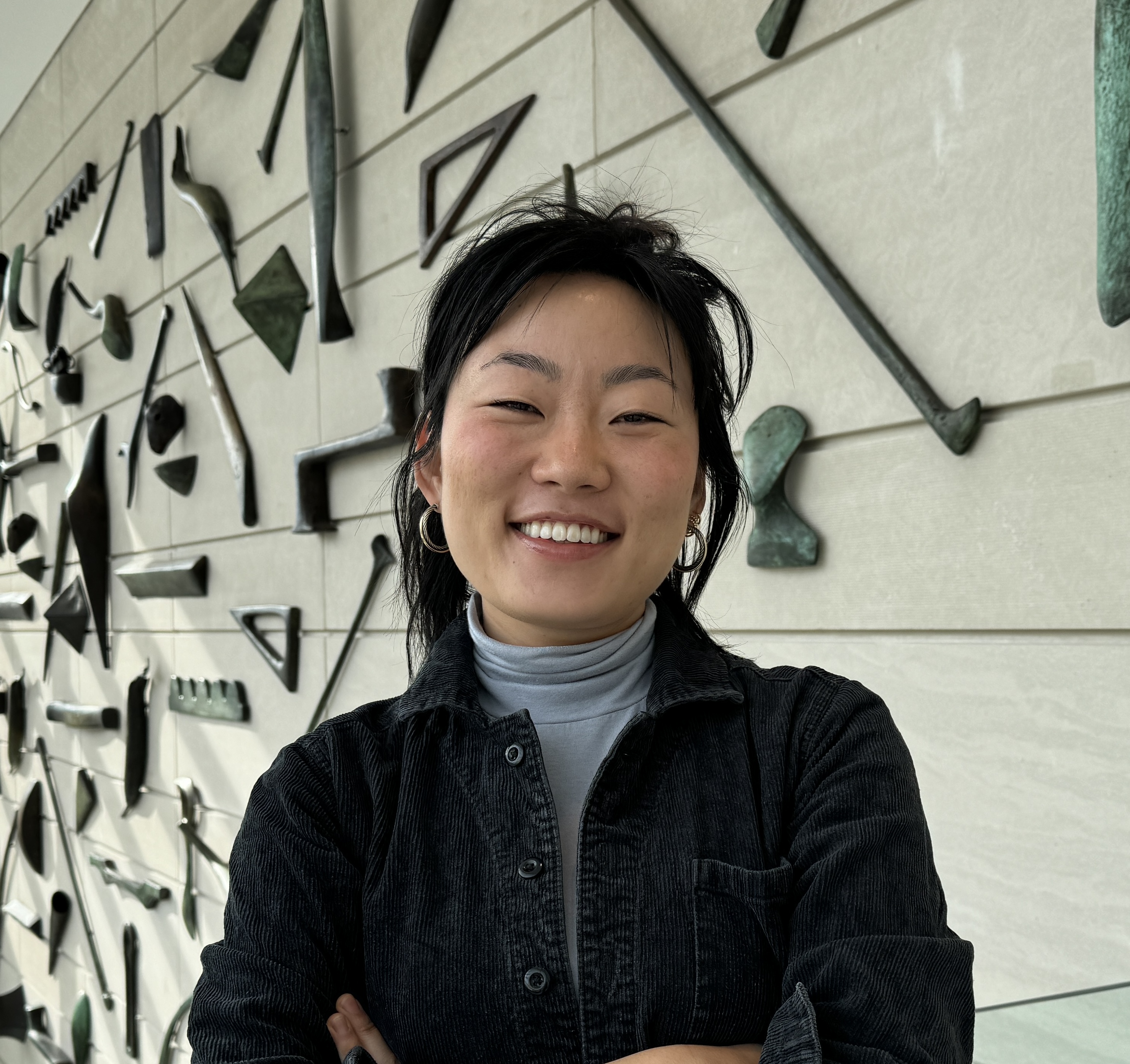
“Woven Being: Exploring Art and Identity in Zhegagoynak/Chicagoland”

**Woven Being: An Exploration of Indigenous Art in Zhegagoynak/Chicagoland**
The lands now known as Chicagoland hold a deeper, richer story than many realize, rooted in centuries of Indigenous creativity and cultural expression. Zhegagoynak, as the region was originally known, serves as both a historical and contemporary hub for Native American art. This winter, the Block Museum of Art at Northwestern University is highlighting this vibrant legacy through its groundbreaking exhibition, *Woven Being: Art for Zhegagoynak/Chicagoland*, on view until July 13.
### Reclaiming Narratives Through Indigenous Perspectives
At the heart of this exhibition lies one profound question posed by co-curator Jordan Poorman Cocker (Kiowa): *“How does one’s understanding of Chicago change when seen through Indigenous perspectives?”* The aim of *Woven Being* is to reframe Chicagoland’s identity by uncovering its Indigenous histories—stories too often erased or omitted from mainstream narratives.
The exhibit is the culmination of more than five years of planning and dialogue between Indigenous artists, curators, and museum staff. Andrea Carlson (Grand Portage Ojibwe/European descent), Kelly Church (Match-E-Be-Nash-She-Wish Band of Pottawatomi/Ottawa), Nora Moore Lloyd (Lac Courte Oreilles Band of Ojibwe), and Jason Wesaw (Pokagon Band of Potawatomi) have collaborated as both creators and cultural advisors, helping to shape not only the artwork but also the overarching themes and storytelling framework.
### Highlighting Artistic Kinship and Shared Values
Featuring over 80 artworks by 33 artists spanning the mid-20th century to today, *Woven Being* is a vibrant tapestry of creativity that reflects the interconnected nature of Indigenous art. Artists were invited to select works that resonate with their own and to shape the context in which their own pieces appear, fostering a deeply collaborative and reflective experience for visitors.
The artworks span a diverse array of media and materials. For example, Jason Wesaw’s sculptural piece, *Breath of Life…The First Song* (2023), uses natural materials such as elm bark, elk hide, and cherry wood to evoke a connection to the earth and sacred traditions. Separately, Kelly Church’s *Dragonflies and Turtle* (2024), crafted from birch bark, incorporates techniques passed down through generations, symbolizing resilience and the enduring spirit of Indigenous communities.
Recurring themes in the exhibition include a deep reverence for land and waterways, kinship with plants and animals, and time as perceived through Indigenous cosmologies—concepts that challenge colonial and Western-centered temporal frameworks.
### A Multigenerational and Multidisciplinary Showcase
Although the exhibition features renowned collaborators like Carlson, Church, Lloyd, and Wesaw, it reaches far beyond their contributions. Appearing alongside their works are pieces by trailblazing figures like George Morrison, Daphne Odjig, and Woodrow Wilson Crumbo, whose works paved the way for contemporary Indigenous art. More recent artists, such as Jeffrey Gibson, Teri Greeves, and Monica Rickert-Bolter, bring fresh takes on Indigenous aesthetics, merging ancestral practices with innovative designs.
The inclusion of modernist icons like Agnes Martin and Josef Albers in this context may seem unexpected at first glance. However, their works are positioned as points of dialogue, emphasizing cross-cultural exchange and the ways Indigenous art has influenced broader trends in modern and contemporary art.
### The Land as the Core of the Exhibition
An overarching motif in *Woven Being* is the land—both as a physical entity and as a spiritual and cultural anchor. Chicagoland’s Indigenous identity is inseparable from its geography, including the extensive waterways that have sustained its peoples for millennia. The exhibition’s artworks repeatedly return to this interconnectedness, portraying the land not merely as a backdrop but as an active, living participant in the stories being told.
### A Citywide Collaboration
*Woven Being* is part of the larger *Art Design Chicago* initiative, led by the Terra Foundation for American Art and designed to explore and elevate Chicago’s cultural history. The exhibition is receiving major support from the Terra Foundation, the Andy Warhol Foundation for the Visual Arts, the National Endowment for the Arts, and The Joyce Foundation, among others.
This collective effort speaks to the growing recognition of the significance of Indigenous art and its centrality not only to Chicagoland but to American art as a whole.
### A Call to Rediscover Zhegagoynak
For visitors, *Woven Being* offers much more than colorful artwork or cultural artifacts—it presents an opportunity to reimagine the land we walk on, the history of Chicago, and its broader identity. It challenges us to honor the stories of the Indigenous peoples who called this land home long before it was